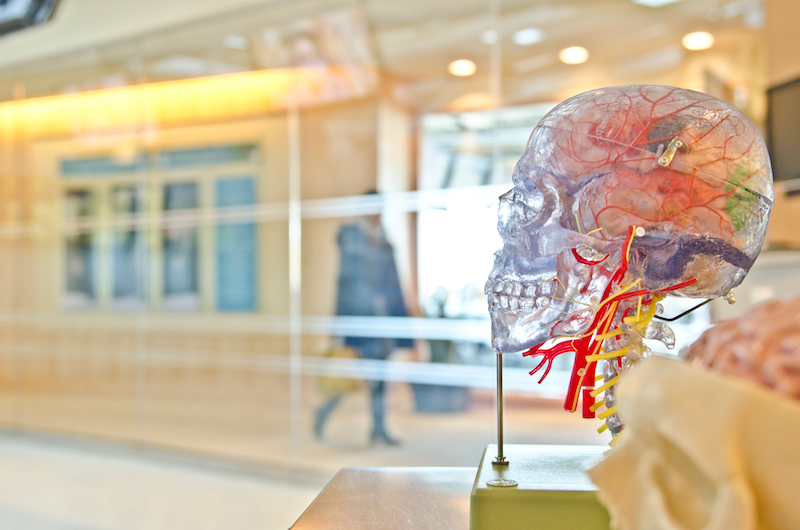There is a growing interest in the effectiveness of neurofeedback (also called EEG biofeedback and brain training) in treating a wide range of mental, emotional and physical symptoms. Select a topic of interest below to learn more. Much, much more coming soon.
ADHD + ADD
Attention deficit disorder (ADD) and Attention deficit and hyperactivity disorder (ADHD) are generally associated with decreased activity in the frontal lobe (the part of your brain just above and behind your eyes). Studies are showing that increasing the activity of the frontal lobe through neurofeedback is effective at decreasing and correcting the symptoms associate with ADD and ADHD.
In 2010 a statistical study of all the existing neurofeedback research was published in a neurology journal. The results showed that neurofeedback for attention, impulsivity, and hyperactivity when compared to control groups (those who received other treatments or no treatment at all.. Follow up studies indicate that these improvements are lasting.
You can read some of the research here:
Neurofeedback in ADHD: further pieces of the puzzle
Neurofeedback in children with ADHD: validation and challenges
The usage of neurofeedback in children with ADHD: the method and its evaluation
Neurofeedback training in children with ADHD: behavioral and neurophysiological effects
Neurofeedback training in children with ADHD: 6 month follow-up of a randomised controlled trial
Anxiety
The effect of anxiety can be expereinced in many different regions of the brain. Practically, this results in excessive worry, compulsive “problem-solving”, negative thinking, and sensing “danger” when it’s not present, among other symptoms. Neurofeedback training for anxiety works to change the brain in such a way that these symptoms are less intense and the individual is able to enter a more relaxed state.
Many individuals report feeling significant relief from anxiety with neurofeedback but more research needs to be done.
You can read some of the research here.

